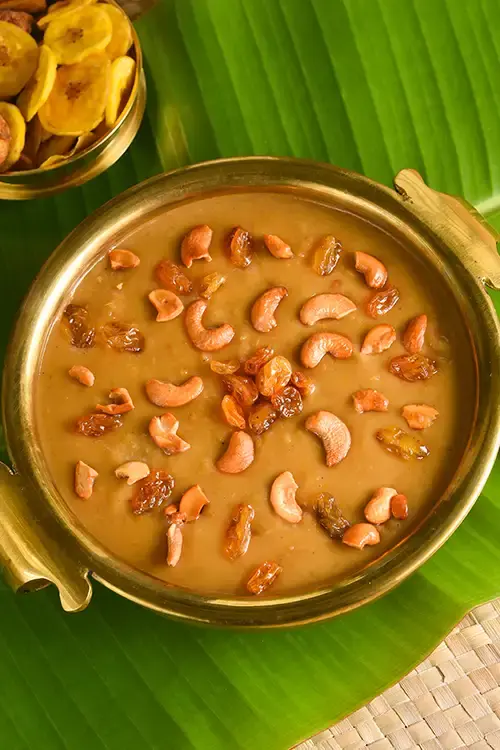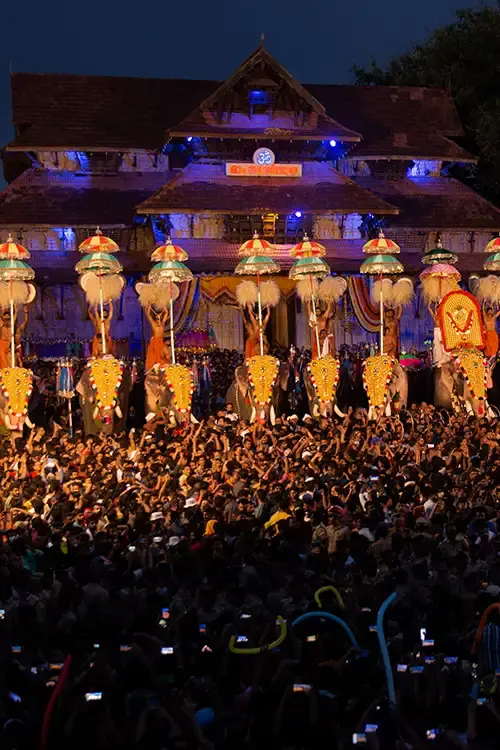FAQ
What makes Kerala's traditional architecture unique?
Kerala's traditional architecture is unique due to its harmonious blend of aesthetics, functionality and environmental adaptation. Rooted in the principles of Vastu Shastra, Kerala’s unique architectural style reflects the region’s climate, culture and rich heritage, making it a unique representation of sustainable design.
One of the most striking features of Kerala’s architecture is the sloping roof designed to withstand heavy monsoon rains. Constructed with locally sourced materials like clay tiles and timber, these roofs not only ensure effective water drainage but also enhance the structure’s thermal efficiency, keeping interiors cool during humid summers.
The use of courtyards, or Nadumuttam, is another hallmark of Kerala’s architecture. These open spaces at the centre of traditional homes, known as Nalukettu, allow natural light and ventilation to flow freely, creating a serene and comfortable living environment. These courtyards often house sacred spaces or water features, blending utility with spirituality.
Kerala’s temples and palaces also embody architectural brilliance with their intricate wood carvings, brass embellishments and frescoes depicting mythological stories. Structures like the Padmanabhapuram Palace and Vadakkumnathan Temple showcase the intricate craftsmanship and cultural depth of the region.






